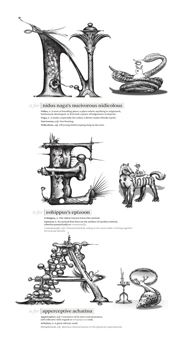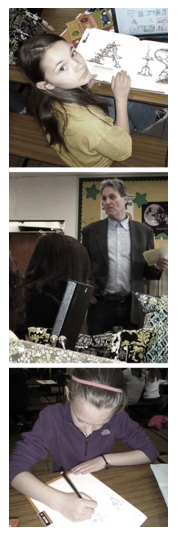National Endowment for the Arts (NEA) was looking to provide grants to artists from previously unfunded regions. In March 2011, the Allentown Art Museum contacted me as they had received funding from the NEA and were looking for a regional artist for a teaching residency at a local High School.
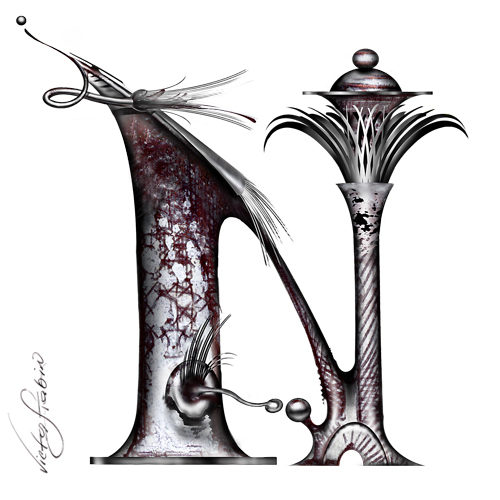
They asked me to teach 10 three-hour sessions at Panther Valley High School, located in the heart of Pennsylvania’s once seminal coal region; the first anthracite coal mining in the country. These descendants of the coal miners have mainly become blue-collar workers; the ones I am lucky enough to know are highly skilled craftsman, masons, woodworkers and welders. It seems it is outside their experience to consider becoming an artist as a profession.
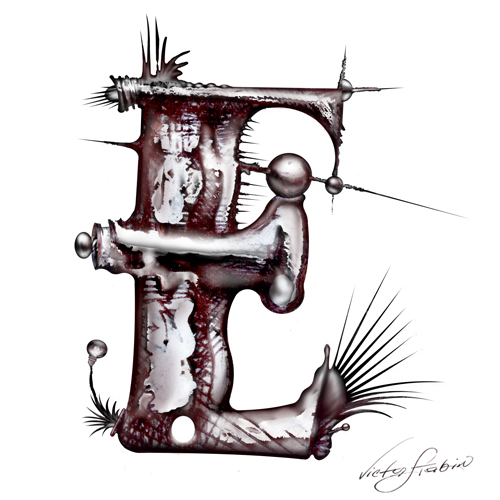
Historically, the region does not support the arts in that way and there are very few professional artists. The ones that do wind up there are quite the anomaly. Thus, there is a very limited instructor base of career artists available to teach art as a professional path.
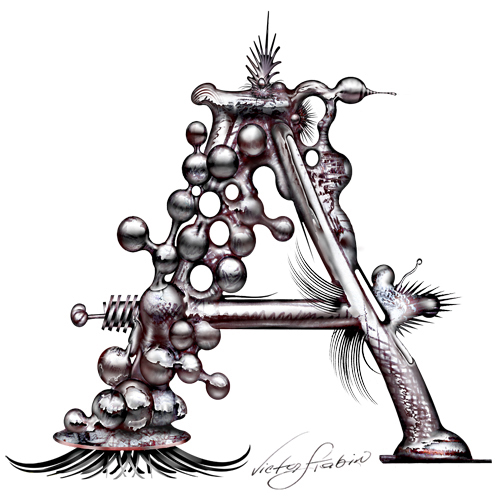
I decided to show the students my “Turtle Series” paintings and Daedal Doodle my ABC book for word lovers as well as highlights from my 20-year career as an illustrator. After giving the presentation to about 300 students, serendipitously, 26 elected to take the class. There are 26 letters in the alphabet, 26 characters in an ABC book, and 26 students in the class, perfect. Then, with complete certitude, I knew I wanted the class to make their own version of my ABC book.
Over a three-year period, I had read 8000 pages of dictionaries including a 2000-page Merriam Webster that my dad brought home when I was four; parts of the Oxford English Dictionary, and my favorite, the Chambers Concise Dictionary culling obtuse words for my book’s alliterations.
Therefore, the lesson plan mimicked the process I went through to create Daedal Doodle. Each student was assigned a letter of the alphabet, that section of the dictionary and was encouraged to peruse every word. While doing so, they were asked to make a list of cool sounding, unfamiliar nouns and adjectives or any word that inspired an alliteration they could see illustrating.
My job was to demonstrate a process that could easily be understood, that would encourage students to come up with something completely new to them that they could call “Art” and at the same time imagine that art as their own stand alone product.
The kids were completely open to what looked more like fun than work. I was amazed to see them inspired and involved with the assignment, very much as I had been. A few students remarked that it was the first time they had ever just “read” the dictionary.
In degrees, my fondness for the dictionary has episodically changed my life. Language skills allow you to communicate with self-confidence while sharing ideas. The dictionary simultaneously involves the basics of vocabulary while seeding visual imagination. The kids could not read these words without seeing images.
Seeing a room full of students simultaneously reading the dictionary was the beginning of my “Aha!” moment.
To me, the success of this “accidental” curriculum reminds me of the accidental invention of Teflon. It seems there was some kind of odorless substance at the bottom of a can that could not be washed, burnt, or chemically dissolved away, a strange byproduct of a previous experiment.
After examination by a young chemist, Roy J. Plunkett, Teflon went on to become a gigantic industry for decades and decades. Plunkett often told student audiences, his mind was prepared by education and training to “recognize novelty.”
I recognize the novelty that reading the dictionary to source words for drawing can be an important process to bridge art and language, and once and for all, end the idea of separating the arts from basic education. Each student I taught proudly came up with nothing short of some dizzying kind of new pictorial word invention.
The required tools are a dictionary, a pencil and a pad. The byproduct is a world of knowledge and imagination. Reading scores for high school students taking the SAT this year were the lowest on record in the 30-year-history of the exam. It is not uncommon to hear about cutbacks in educational funding, primarily in the arts. More than ever, there is a greater responsibility to create a direct connection between the arts and education. In my experience, they are one and the same.
As an adult, people often ask me where I received my art training, I always respond with pride, “I went to New York’s High School of Art & Design.” After 40 years, the bell rings two names: my favorite teachers were my English Teacher Sandra Nobel and my Art Teacher Irwin Greenberg.
Art is Education.
[social_share/]

